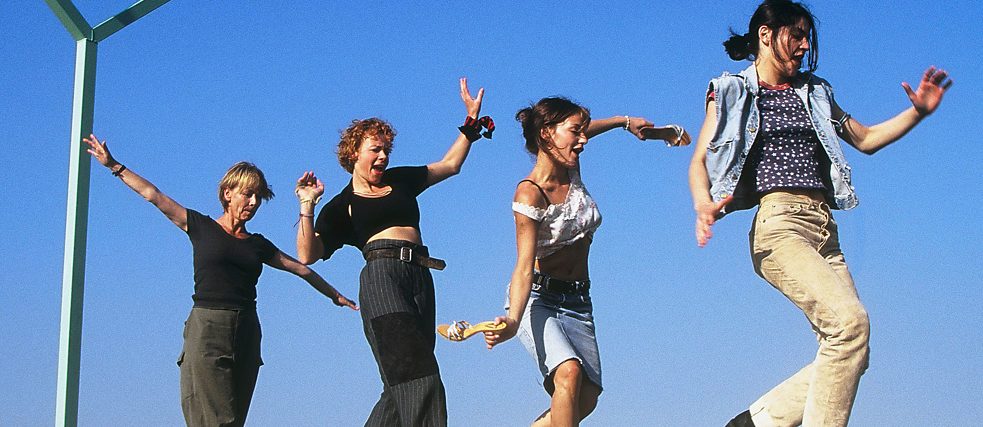Berlinale Bloggers 2019
Women’s lives, loves and liberation

This year’s Retrospective, entitled Self-determined: Perspectives of Women Filmmakers, features films by German women from 1968 to 1999.
By Philipp Bühler
The 2016 Berlinale included a retrospective of German films made in the year 1966 in both East and West Germany. It was a wonderful line-up of movies, but almost all the directors were men. 2019, on the other hand, puts women left, right and centre. Like so many other social upheavals, the turning point for female filmmakers, if not their breakthrough, can be traced back to 1968.
28 full-length films will be screened this time around, again from East(ern) and West(ern) Germany. Only a few of them are as well-known as Katja von Garnier's musical comedy Bandits (1997) or Margarethe von Trotta’s modern classic Die bleierne Zeit (i.e. Marianne and Juliane, also called The German Sisters in the UK, 1981), which will be shown back to back here as a matter of course. The biggest hit with the public will probably be May Spil's Zur Sache, Schätzchen (i.e. Go for It, Baby, 1968), a freewheeling comedy of flirtation that remains a highlight of women’s filmmaking to this day – even if it’s a man who gets the best lines in the movie.
Portraits of outsiders
These women made films – often on a shoestring budget – that challenge the prevailing conditions in which women live and love and take a close look at the state of gender equality. Like filmmaking, women’s lib was actually the state’s responsibility in East Germany, as can be seen in the marvellously didactic educational short Sie Her (Sie, 1970, by a “creative working group” called Effekt). Other East German pictures like Die Taube auf dem Dach (i.e. The Dove on the Roof, 1973, Iris Gusner) and Das Fahrrad (i.e. The Bicycle, 1982, Evelyn Schmidt) expose the harsh reality of East German social mores. Schmidt's portrait of an outsider was censured for allegedly presenting a distorted view of the socialist working world, and Gusner's film was actually banned in East Germany.Over in the West, Jutta Brückner used old photographs to tell the story of her mother’s life in Tue recht und scheue niemand – Das Leben der Gerda Siepenbrink (i.e. Do Right and Fear No One, 1975). And Marianne Rosenbaum's Peppermint Frieden (i.e. Peppermint Peace, 1983) is about an encounter between a child in a Bavarian village and a US soldier, played by Peter Fonda. Individual and biographical experience is more to the fore in these films, though clearly reflecting changes in West German society.